 Teach English in Ecuador
Teach English in EcuadorStart your South American adventure with a unique and rewarding opportunity by teaching English in Ecuador that promises not only personal growth but also a chance to make a meaningful impact on the lives of others. Ecuador, with its diverse landscapes ranging from the Amazon rainforest to the majestic Andes Mountains, offers an enriching cultural experience that extends beyond the classroom. By immersing yourself in the local community, you’ll not only have the chance to share your language expertise but also learn from the warmth and hospitality of Ecuadorians.
ESL teachers play a crucial role in empowering Ecuadorian students to access better educational and professional opportunities. The vibrant local culture, coupled with the opportunity to explore breathtaking natural wonders, including the Galapagos Islands during your downtime, makes teaching in Ecuador a truly transformative experience. Embrace the adventure and teach English in Ecuador, while contributing to the global exchange of language, and leave a lasting impact on the lives of those eager to learn and connect with the wider world.
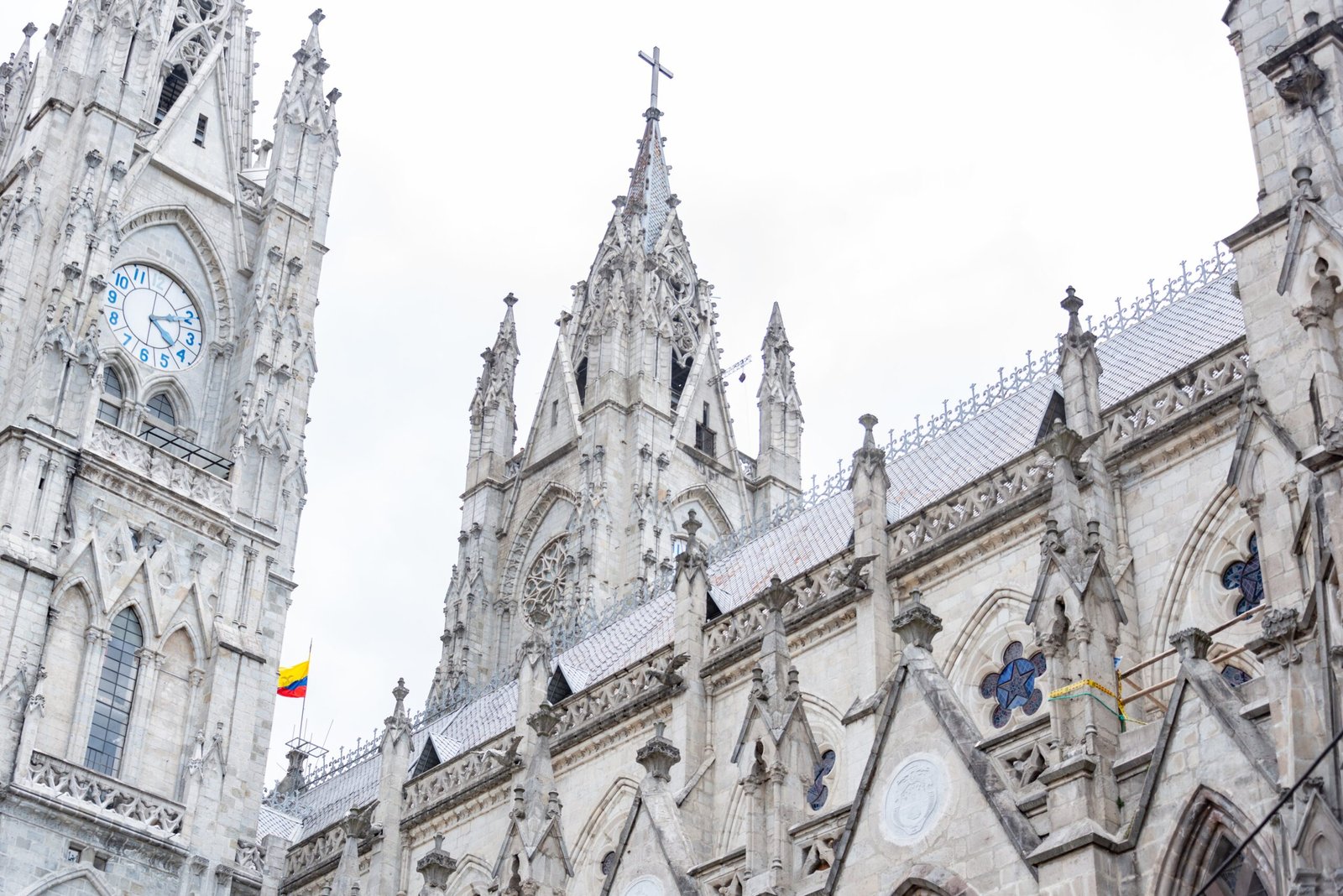
Quito, the capital city of Ecuador, is an enchanting metropolis nestled high in the Andes Mountains, offering a captivating blend of historical charm and modern vibrancy. Its UNESCO-listed Historic Center boasts beautifully preserved colonial architecture, cobblestone streets, and ornate churches, such as the iconic Basilica del Voto Nacional. The city’s rich cultural tapestry is reflected in its diverse neighborhoods, each with its own unique character and atmosphere. Quito provides a panoramic view of the surrounding mountains and valleys, with the equator passing nearby, making it one of the world’s highest capital cities. The bustling markets, vibrant street art, and a thriving culinary scene add to the city’s allure, creating a dynamic and immersive experience for residents and visitors alike.
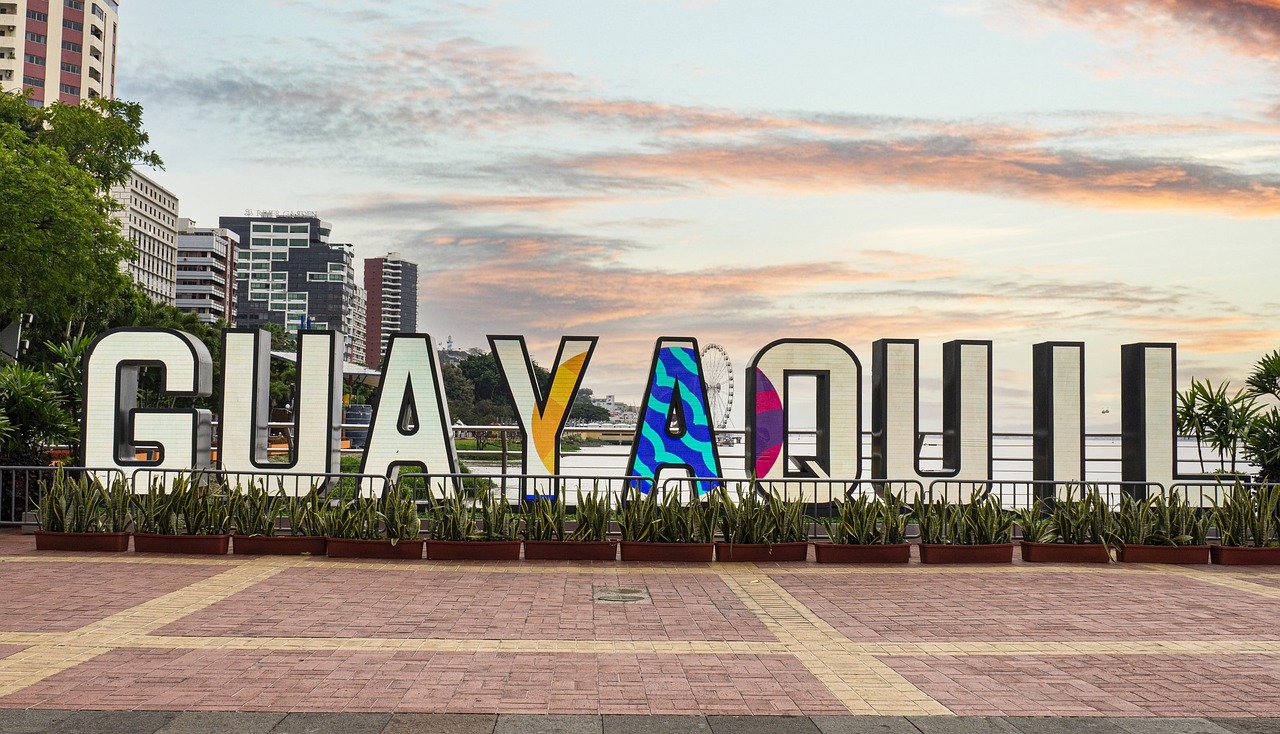
Guayaquil, Ecuador’s largest and most populous city, is a dynamic urban hub nestled along the Pacific Coast. Renowned for its bustling energy, Guayaquil boasts a modern skyline that complements its historical districts, such as the picturesque Las Peñas neighborhood. The Malecón 2000, a vibrant riverfront promenade, offers a captivating blend of entertainment, shopping, and waterfront dining, while Parque Seminario, known as Iguana Park, provides a unique experience with its resident iguanas roaming freely. Guayaquil’s tropical climate invites outdoor exploration, and nearby attractions include wildlife-rich mangrove forests and pristine beaches. The city’s economic importance as a major port and commercial center is balanced by its cultural richness, creating a compelling and diverse atmosphere for residents and visitors alike.
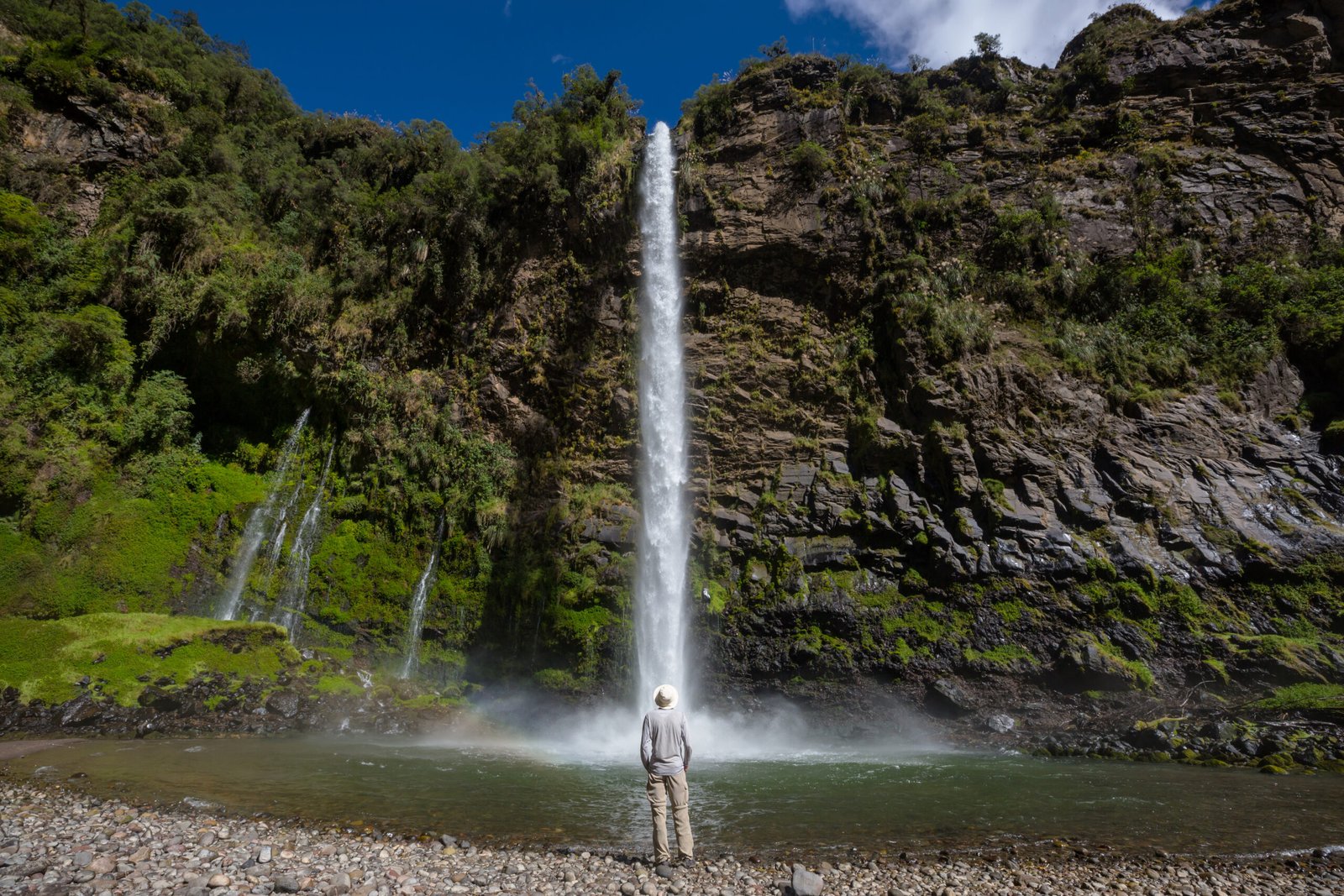
Manta, nestled along the enchanting Ecuadorian coastline, offers a distinctive and positive environment for those considering teaching English. This coastal gem is renowned for its picturesque beaches and serves as a vital port city. Manta’s unique blend of urban and beachfront landscapes creates a captivating setting for ESL teachers seeking a tranquil yet vibrant experience. While it might not be as widely recognized as some larger cities, Manta’s charm lies in its intimate community feel and the potential for a more relaxed pace of life.
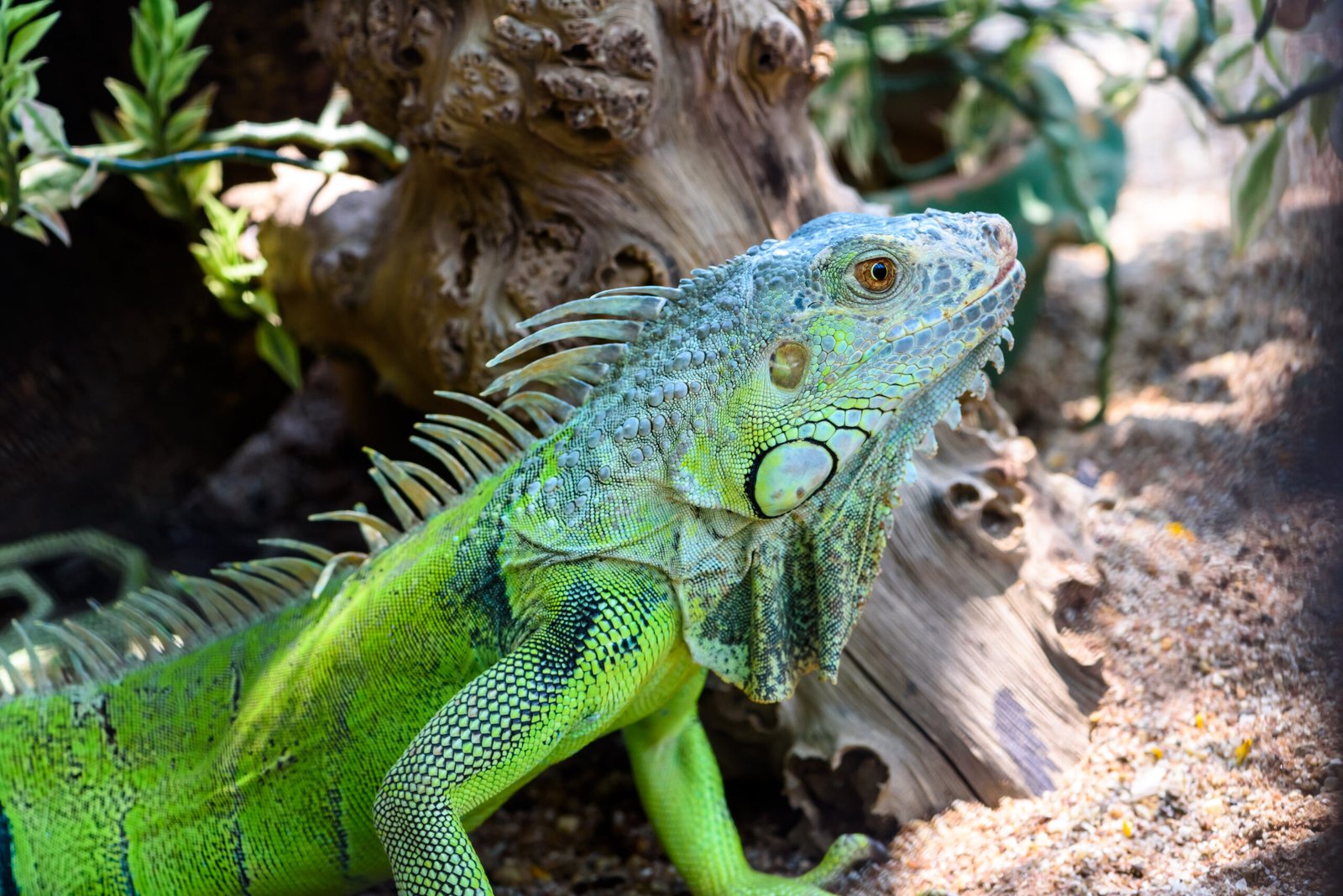
Galapagos Islands: Explore the unique and pristine ecosystems of the Galapagos Islands, known for their remarkable wildlife and Charles Darwin’s groundbreaking observations. Snorkel with sea lions, observe giant tortoises, and marvel at the diverse marine life.
Quito’s Historic Center: Wander through the UNESCO-listed Historic Center of Quito, exploring colonial architecture, historic churches, and vibrant plazas. Don’t miss the Basilica del Voto Nacional and the Compañía de Jesús.
Cuenca’s Old Town: Drive or hike along the Avenue of the Volcanoes, a stunning stretch of the Andes Mountains with views of several majestic volcanoes, including Cotopaxi and Chimborazo.
Otavalo Market: Visit the famous Otavalo Market, one of South America’s largest indigenous markets. Explore vibrant stalls selling handmade crafts, textiles, and traditional Andean products.
Baños and the Swing at the End of the World: Experience the adventure town of Baños, surrounded by waterfalls and hot springs. Take a thrilling swing at Casa del Árbol, known as the “Swing at the End of the World,” with incredible views of the Tungurahua volcano.
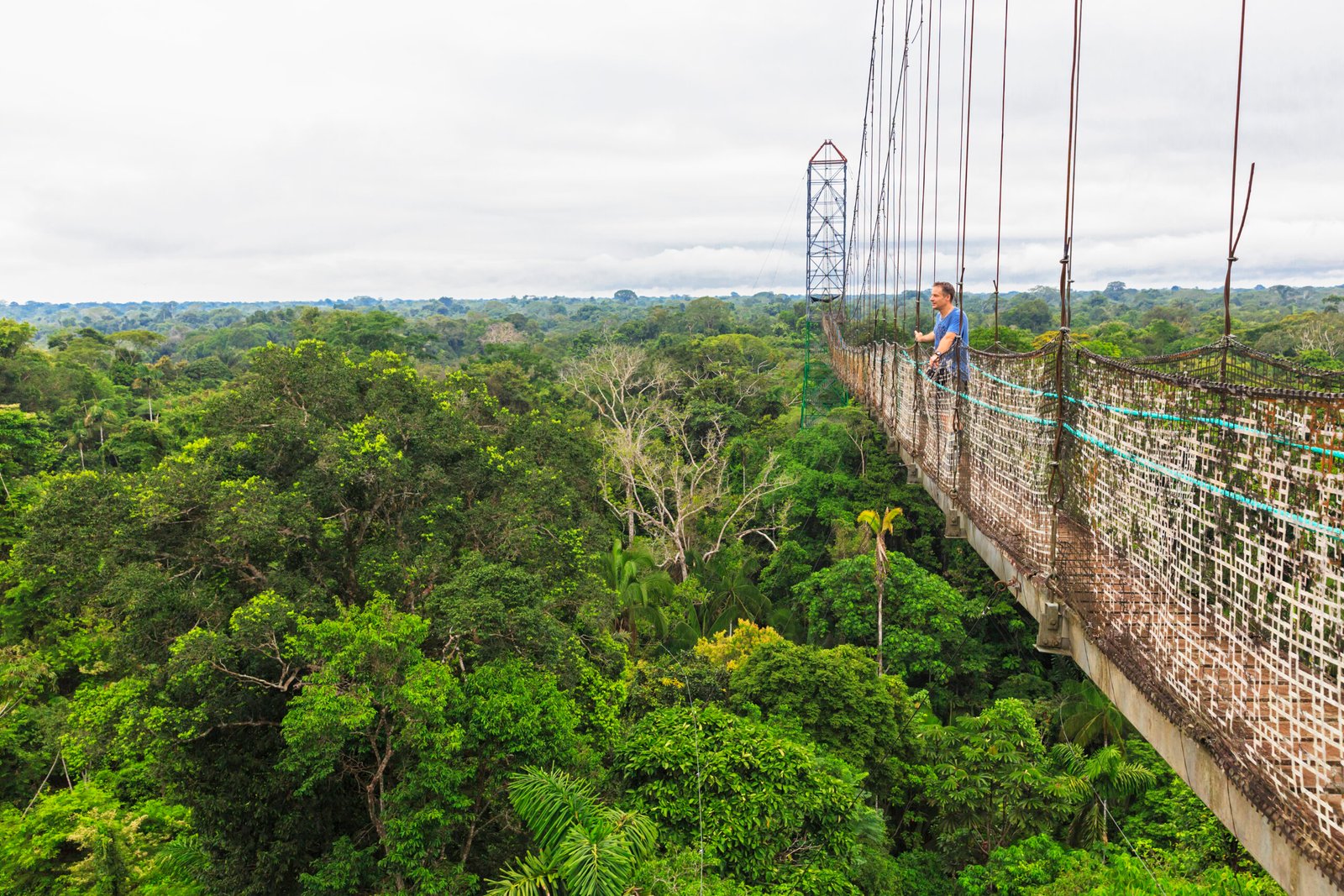
Amazon Rainforest: Embark on an adventure in the Amazon Rainforest, one of the most biodiverse regions on Earth. Take guided jungle tours, encounter exotic wildlife, and experience the rich cultures of indigenous communities.
Ingapirca Ruins: Explore the Inca ruins of Ingapirca, Ecuador’s largest archaeological site. Admire the Temple of the Sun and the intricate stonework that showcases the Inca influence in the region.
Cajas National Park: Hike through the stunning landscapes of Cajas National Park, characterized by high-altitude lakes, paramo vegetation, and a network of hiking trails. The park is a haven for nature lovers and birdwatchers.
Montañita Beach: Relax on the Pacific Coast at Montañita Beach, a popular surf destination with a lively atmosphere. Enjoy the beach, water activities, and the vibrant nightlife in this coastal town.
Middle of the World / Mitad del Mundo: Visit the Mitad del Mundo, a monument marking the equator. Explore the interactive Intiñan Solar Museum, where you can participate in quirky experiments showcasing the unique gravitational effects at the equator.

Ecuadorian cuisine is diverse and flavorful, reflecting the country’s rich cultural heritage and the abundance of fresh, local ingredients. Here are five popular foods from Ecuador:
Ceviche: Ceviche is a popular seafood dish made with raw fish or shrimp marinated in citrus juices, typically lime or lemon, and mixed with onions, tomatoes, cilantro, and sometimes peppers. It’s a refreshing and flavorful dish enjoyed along the coastal regions of Ecuador.
Llapingachos: Llapingachos are delicious potato patties stuffed with cheese and sometimes meat. They are pan-fried until golden brown and often served with a peanut sauce, aji (spicy pepper sauce), and a side of lettuce and tomatoes.
Ecuadorian Empanadas: Empanadas are a popular snack or street food in Ecuador. These savory pastries are filled with a variety of ingredients such as cheese, meat, potatoes, or plantains. They are deep-fried to perfection and often served with aji hot sauce.
Locro de Papa: Locro de Papa is a hearty potato soup that incorporates cheese, avocado, and sometimes pork or chorizo. This comforting dish is popular in the Andean highlands and is often served with a side of toasted corn kernels.
Seco de Pollo or Carne: Seco de Pollo (chicken) or Seco de Carne (beef) is a stew typically cooked with beer, achiote (annatto), and a variety of herbs and spices. It’s slow-cooked to tender perfection and served with rice, avocado, and a side of fried plantains.
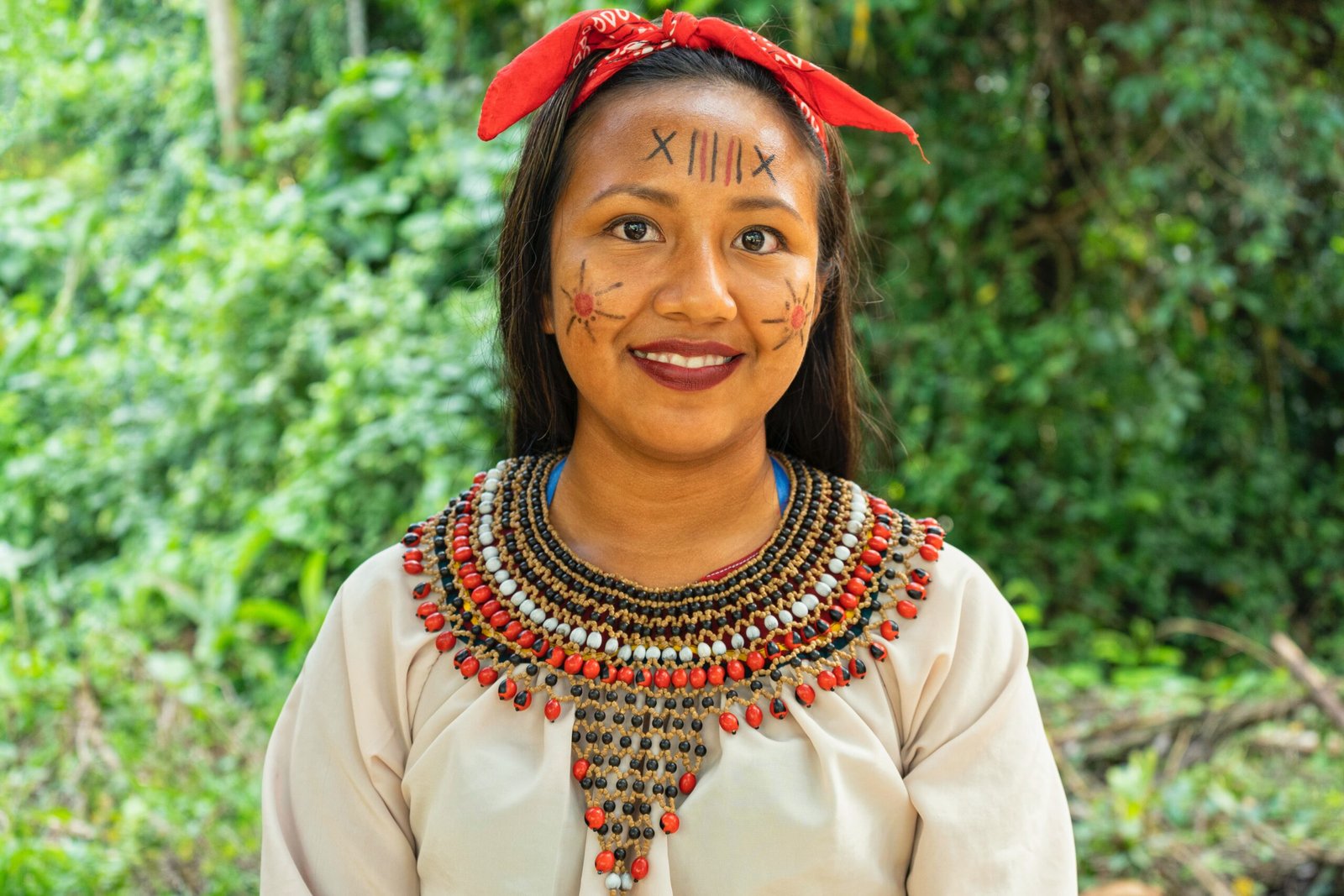
Ecuadorian culture is a rich blend of indigenous, Spanish, and African influences, creating a diverse and vibrant tapestry. Here are some things about Ecuadorian culture and its people:
Cultural Diversity: Ecuador is home to a diverse population with a mix of indigenous, mestizo (mixed indigenous and European), Afro-Ecuadorian, and other ethnic groups. This diversity contributes to a rich cultural mosaic.
Indigenous Heritage: The indigenous communities in Ecuador have a deep connection to their ancestral traditions, visible in their art, music, clothing, language, and spiritual practices. Traditional festivals and rituals play a significant role in preserving and celebrating this heritage.
Religious Festivals: Ecuador is predominantly Catholic, and religious festivals are widely celebrated. Festivities often blend indigenous and Catholic elements, creating unique celebrations that reflect the syncretism of beliefs.
Music and Dance: Traditional Ecuadorian music varies across regions, with genres like pasillo, sanjuanito, and bomba. Dance is an integral part of cultural expression, with each region having its own distinctive dance forms and costumes.
Inti Raymi and Other Festivals: Inti Raymi, the Inca Festival of the Sun, is celebrated in indigenous communities. Numerous other festivals throughout the year showcase traditional dances, music, and rituals, reinforcing a strong sense of cultural identity.
Nature and Pachamama: Ecuadorians often have a deep connection to nature, and the concept of Pachamama, or Mother Earth, is significant. This connection is reflected in rituals, agricultural practices, and the reverence for natural landscapes.
Community Values: Community and family play crucial roles in Ecuadorian society. Extended families often live in close proximity, and there is a strong sense of mutual support and collaboration within communities.
Warm Hospitality: Ecuadorians are known for their warm and friendly hospitality. Visitors often experience a genuine and welcoming atmosphere when interacting with locals.
An internationally recognised TESOL Certificate will be required to teach English in Ecuador.
To work as an English teacher in Ecuador, you will need to have a valid work visa. Most schools will help you obtain the correct visa and guide you through the process with visa assistance. Some students will originally enter on a 3-month holiday visa. The process of obtaining a work visa can vary depending on your country of origin, but generally, you will need to provide proof of your qualifications, a valid passport, and a criminal background check. It is important to check the specific requirements for each country and your language school for up-to-date advice.

Embarking on a journey to teach English in Ecuador is an amazing opportunity to blend professional growth with cultural immersion. Ecuador’s warm and welcoming people, steeped in a rich tapestry of indigenous traditions and Spanish influences, create an environment where educators can make a meaningful impact. Teaching English in this diverse country opens doors to experiencing its stunning landscapes, from the lush Amazon Rainforest to the Andean highlands and the beautiful Pacific Coast. Moreover, being situated in South America offers the chance to easily explore neighboring countries, adding an exciting layer to the adventure. Embrace the vibrant culture, contribute to the local community, and enjoy the proximity to other South American wonders while making a positive difference through English.